![How to Do a Scooter Tailwhip Like a Pro [Easy Steps]](http://www.ihoverboard.co.uk/cdn/shop/articles/ix7proDSC00049_ae1c4dfe-6991-49a9-9bce-e70ea26d8132_{width}x.png?v=1758875035)
How to Do a Scooter Tailwhip Like a Pro [Easy Steps]
Learning how to do a scooter tailwhip is one of the most exciting steps for any rider looking to level up their skills. This popular trick not only looks impressive but also helps you build balance, coordination, and control over your scooter. With the right technique and practice, anyone—from beginners to seasoned riders—can master it. In this guide, we’ll break down the steps, share safety tips, and show you how to land a tailwhip like a pro.
Understanding the Tailwhip Trick
A scooter tailwhip is one of the most iconic and widely practiced tricks in freestyle scootering. This move involves spinning the scooter deck—a flat platform where the rider stands—a full 360 degrees around the handlebars while maintaining balance in midair. To perform it, riders typically kick the tail end of the deck to start the rotation, control the spin with their feet and hands, and then catch the deck securely beneath their shoes before landing smoothly. Mastering the tailwhip not only improves coordination and timing but also builds a strong foundation for learning more advanced scooter tricks.
Essential Safety Tips Before Trying a Tailwhip on Your E-Scooter
Attempting a tailwhip on an e-scooter can be exciting, but it’s also riskier compared to performing the trick on a lightweight stunt scooter. Since e-scooters are heavier, faster, and not originally designed for freestyle riding, taking proper safety measures is crucial. By preparing the right way, you can reduce the chances of accidents and protect both yourself and your scooter. Keep these essential safety tips in mind before practicing:
-
Know Your E-Scooter’s Features – Before attempting tricks, familiarize yourself with your scooter’s controls. Learn how the throttle, brakes, and acceleration respond under different conditions. Some models also include settings like speed modes or electronic braking systems that can affect stability. Understanding how your scooter behaves is the foundation of safe trick riding.
-
Wear the Right Protective Gear – A certified helmet is an absolute must when learning tailwhips. Along with it, equip yourself with knee pads, elbow pads, wrist guards, and supportive shoes with non-slip soles. This gear doesn’t just minimize injury in case of falls—it also boosts confidence, allowing you to focus on technique instead of worrying about accidents.
-
Keep Your Scooter Light and Stable – Extra attachments, heavy backpacks, or handlebar accessories can throw off your balance during tricks. For better control, remove unnecessary items and ensure your scooter remains as stable and lightweight as possible. A clean setup makes it easier to whip the deck and land safely.
-
Choose the Right Practice Environment – Always practice in safe, dry, and even areas. Avoid wet, sandy, or uneven ground, as these surfaces reduce traction and increase the chance of slipping. Skateparks or smooth concrete areas designed for freestyle riding are ideal spaces to learn and perfect your tailwhip technique.
-
Progress Step by Step – Don’t jump straight into a full tailwhip on day one. Start with small hops, practice deck control, and work on timing before combining all the elements. If possible, practice on a ramp with softer landings or in a foam pit to reduce impact while learning. Gradual progression builds both skill and confidence, ensuring long-term success.
Learning Curve: How Much Time It Takes to Master a Tailwhip
Mastering a scooter tailwhip isn’t something that happens overnight. The time it takes depends on your riding experience, balance, and how consistently you practice. For some beginners, it may take a few weeks of regular training to land their first clean tailwhip, while more advanced riders might pick it up in just a few days. What matters most is patience, persistence, and focusing on technique rather than rushing the process. Here are some key factors that influence how quickly you’ll learn:
-
Your Riding Experience – If you’re already comfortable with basic scooter tricks like bunny hops or bar spins, you’ll have an advantage. Riders who are new to freestyle scootering may need more time to build coordination and confidence before attempting a tailwhip.
-
Consistency of Practice – Practicing once a week won’t deliver the same progress as short, focused sessions several times a week. Regular repetition helps train muscle memory, allowing you to control the scooter deck more smoothly with each attempt.
-
Physical Fitness and Coordination – Good balance, strong leg muscles, and quick reflexes all play a big role in learning faster. Strengthening your core and legs can improve your ability to jump higher and control the scooter midair.
-
Quality of Practice Environment – Where you practice matters. Smooth surfaces, skateparks, or foam pits are safer and make it easier to focus on technique. Unstable or slippery ground can slow progress and increase frustration.
-
Progressive Learning Approach – Break the trick into steps: start by practicing high jumps, then work on kicking the deck, and finally focus on catching it under your feet. Mastering each phase individually speeds up the overall learning process.
On average, most riders can expect anywhere from a couple of weeks to a few months to truly master a clean, consistent tailwhip. The key is to stay committed, practice safely, and remember that every attempt brings you closer to landing the trick with confidence.
Tailwhip Tutorial: Step-by-Step Instructions to Ride Like a Pro
Learning how to do a scooter tailwhip may seem intimidating at first, but breaking it down into clear steps makes the process much easier. This trick combines timing, balance, and control, and once you master the movements, it quickly becomes one of the most rewarding scooter tricks to pull off. Below is a step-by-step guide to help you ride like a pro:
-
Start with a Solid Bunny Hop – The foundation of every tailwhip is a strong jump. Practice hopping high enough to give yourself room to spin the deck. A higher jump gives you more time in the air and makes catching the scooter easier.
-
Kick the Deck to Begin the Rotation – As you lift off, use your back foot to kick the tail of the deck outward. This motion starts the 360-degree spin around the handlebars. The kick should be firm but controlled—too much force can make the deck hard to catch.
-
Guide the Spin with Your Hands – Don’t rely on your foot alone. Use your arms and wrists to help guide the handlebars while the deck rotates. This keeps the motion smooth and ensures the scooter stays aligned for the landing.
-
Keep Your Eyes on the Deck – Watching the deck as it spins helps you anticipate the catch. Staying focused on the scooter prevents you from losing balance or mistiming your landing.
-
Catch and Land with Control – As the deck completes its rotation, bring your feet back onto the platform and prepare for impact. Bend your knees slightly to absorb the landing and keep your balance steady.
With consistent practice, each step will start to feel more natural. The key is to stay patient, practice in a safe environment, and commit fully to each attempt. Once you land your first clean tailwhip, you’ll have unlocked a core freestyle scooter skill that opens the door to even more advanced tricks.
Common Tailwhip Mistakes to Avoid on Your Scooter
Even though the scooter tailwhip is one of the most popular tricks, many riders struggle to land it cleanly because of avoidable mistakes. Recognizing these errors early will help you progress faster and prevent unnecessary crashes. Here are the most common tailwhip mistakes and how to fix them:
-
Not Generating Enough Spin – A weak or half-hearted kick won’t give the deck enough momentum to complete the rotation. Make sure to kick firmly with your back foot while using your arms to guide the bars. A strong, controlled spin gives you more time in the air to spot the landing.
-
Jumping and Whipping Out of Sync – Timing is everything. Many riders start whipping before they’re fully airborne, which throws off balance and shortens airtime. Always jump first, then whip once you’ve cleared the ground. Training this sequence builds smooth, natural motion.
-
Inconsistent Landings – Landing with one foot on the deck and the other off is a common beginner mistake. This not only causes crashes but can also strain your ankles. Watch the deck as it spins and commit to catching it evenly with both feet before bending your knees to absorb the impact.
-
Losing Focus on the Deck – Looking away mid-spin makes it nearly impossible to land correctly. Keep your eyes locked on the deck throughout the rotation. This focus ensures better timing, balance, and cleaner catches.
-
Trying to Advance Too Quickly – Many riders rush into double tailwhips or combo tricks without consistently landing a basic tailwhip. Skipping steps only leads to frustration and higher chances of injury. Take your time, master the single tailwhip, and build confidence before moving to harder variations.
By avoiding these mistakes and practicing with patience, you’ll not only land cleaner tailwhips but also set a solid foundation for learning more advanced scooter tricks.
Good Enough E-Scooters to Practice Perfect Tailwhips from iHoverboard
Not every electric scooter is built with tricks in mind, which is why choosing the right model is important if you want to learn a tailwhip. A good scooter for this trick should be lightweight enough to lift and spin, yet sturdy and stable to handle landings safely. Features like strong suspension, reliable brakes, and durable tires make a big difference when practicing in skateparks or on smooth flat ground.
Below, we’ve highlighted some of the best e-scooters that balance performance with maneuverability—making them excellent choices for riders looking to progress in freestyle tricks.
iScooter iX3 Off Road – Lightweight and Trick-Friendly
If you’re looking for an electric scooter that balances power with maneuverability, the iScooter iX3 Off Road is a great option for practicing tricks like tailwhips. At just 48.5 lbs (22 kg), it’s one of the lightest models in its class, making it easier to lift and spin midair compared to heavier off-road scooters. Despite its lightweight frame, the iX3 doesn’t compromise on durability—it comes with dual suspension for smooth landings and E-ABS braking for safe stops. Whether you’re training at a skatepark or practicing jumps on flat ground, this scooter offers the control and stability you need to progress.
Key Specs:
-
Motor: 800W rear-wheel drive
-
Top Speed: 25 mph (40 km/h)
-
Range: 18–25 miles (30–40 km)
-
Battery: 48V 10Ah (480 Wh)
-
Weight: 48.5 lbs (22 kg)
-
Suspension: Dual front & rear (4 points)
-
Brakes: Dual disc + E-ABS
-
Tires: 10" pneumatic off-road
-
Load Capacity: 264 lbs (120 kg)
-
Water Resistance: IP54
Circooter M2 Off Road – Easy Handling for Beginners
The Circooter M2 Off Road is another smart choice for riders who want to experiment with freestyle scooter tricks. Designed with 10" off-road tires and a sturdy frame, it offers grip and stability, which is especially useful when attempting your first tailwhips. Weighing about 49 lbs (22.3 kg), it strikes a balance between being lightweight enough for controlled tricks and solid enough for everyday riding. Its dual-arm suspension helps absorb impact during landings, while the Circooter Club App allows riders to track performance and customize riding modes. If you’re new to scooter stunts but still want a reliable, feature-packed e-scooter, the M2 is an excellent starting point.
Key Specs:
-
Weight: 49 lbs (22.3 kg)
-
Suspension: Dual-arm suspension
-
Brakes: Dual disc + E-ABS
-
Tires: 10" off-road
-
App Connectivity: Circooter Club APP
More E-Scooter Options Worth Checking Out from iHoverboard
|
Spec / Model |
|||||||
| Image |  |
 |
 |
 |
 |
 |
 |
|
Motor Power |
800 W (rear-wheel) |
800 W (rear-wheel) |
1000 W |
1200 W (rear-wheel) |
2000 W (dual motor) |
1250 W (peak) / 1000 W rated |
800W |
|
Max Speed |
25 mph (40 km/h) |
28 mph (45 km/h) |
28 mph (45 km/h) |
28 mph (45 km/h) |
38 mph (60 km/h) |
32 mph (≈52 km/h) |
28 MPH |
|
Range |
18–25 miles (30–40 km) |
25–28 miles (40–45 km) |
31–34 miles (50–55 km) |
30–37 miles (50–60 km) |
50 miles (80 km) |
31–34 miles (50–55 km) |
31 miles |
|
Battery |
48V 10Ah (480 Wh) |
48V 15Ah (720 Wh) |
48V 15Ah (720 Wh) |
48V 17.5Ah (840 Wh) |
48V 17.5Ah (840 Wh) |
48V 15.6Ah (748.8 Wh) |
48V 12.5 Ah |
|
Charging Time |
6–7 hrs |
6–8 hrs |
5–7 hrs |
7–9 hrs |
7–9 hrs |
6–8 hrs |
Not listed |
|
Tires |
10" pneumatic off-road |
10" pneumatic off-road |
11" pneumatic off-road |
11" pneumatic off-road |
10" tubeless off-road |
10" air-filled all-terrain |
10" off-road (listed) |
|
Suspension |
Dual front & rear (4 pts) |
Dual front & rear |
Dual front & rear (4-arm) |
Dual front & rear |
Dual front & rear |
Dual-arm suspension |
Not listed |
|
Brakes |
Dual disc + E-ABS |
Disc + E-ABS |
Triple braking (disc + E-ABS) |
Front disc; rear disc + E-ABS |
Dual disc + electronic |
Dual disc + E-ABS |
Not listed |
|
Water Resistance |
IP54 |
IPX4 |
IPX4 |
IPX4 |
IPX4 |
IPX4 |
Not listed |
|
Weight (net) |
48.5 lbs (22 kg) |
57.4 lbs (26 kg) |
60 lbs (27.3 kg) |
54.9 lbs (24.9 kg) |
65.4 lbs (29.7 kg) |
59.5 lbs (27 kg) |
49 lbs (22.3 kg) |
|
Load Capacity (max rider) |
264 lbs (120 kg) |
330 lbs (150 kg) |
330 lbs (150 kg) |
330 lbs (150 kg) |
330 lbs (150 kg) |
330 lbs (150 kg) |
Not listed |
|
Climbing Angle / Hill |
20–25% |
20–25% |
20–25% |
up to 35% |
25% |
30% |
Not listed |
|
App / Connectivity |
Yes (Minirobot APP, Bluetooth) |
Yes (Minirobot APP, Bluetooth) |
Yes |
Yes (NFC + app features listed) |
Yes (dashboard; app not specified) |
Yes (Circooter Club APP) |
Not listed |
|
Special Features |
3-step folding, LCD + app, 4 suspensions, ambient lights |
LED dashboard, cruise, turn signals, 3-step folding |
4 riding modes, 3-sec folding, adjustable handlebar, ambient lights |
NFC keyless unlock, magnesium frame, 2-step folding, ambient lights |
Dual/single motor modes, long range, magnesium frame, multiple modes |
Fast accel (15 mph in 3s), 6061 aluminium frame, IPX5 display, all-around lighting |
LED display, anti-slip pedal, bright lights, easy fold & carry |
|
Price (sale) |
£428.99 |
£458.99 |
£499.99 |
£589.99 |
£745.99 |
£619.99 |
£429.99 |
Conclusion
Learning how to do a scooter tailwhip takes patience, focus, and plenty of practice, but it’s one of the most rewarding tricks you can master. By following proper safety steps, breaking the move down into clear phases, and avoiding common mistakes, you’ll build the confidence and skill needed to land it cleanly.
When choosing a scooter for tailwhips, remember that lightweight designs make the trick much easier. A lighter scooter is easier to lift, spin, and catch in the air, giving you better control and reducing the risk of injuries. Combine the right equipment with consistent training, and you’ll be on your way to performing tailwhips like a pro.













































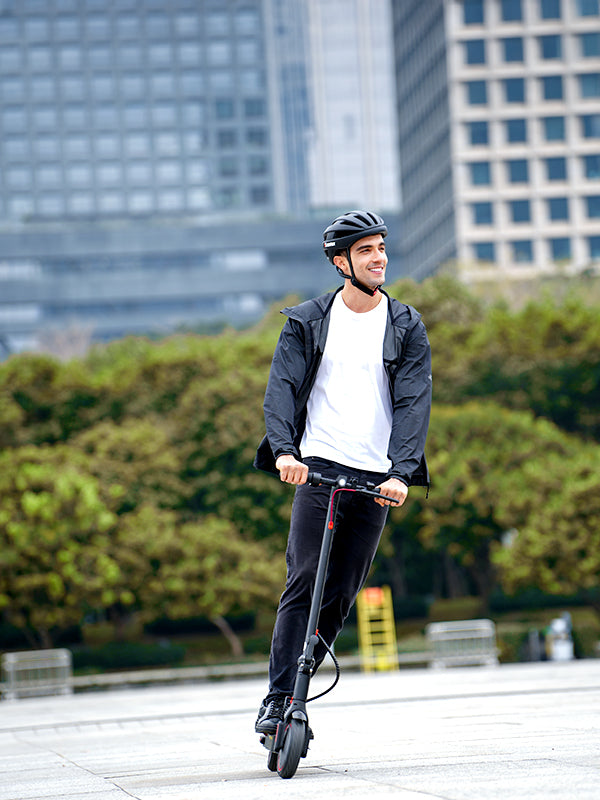




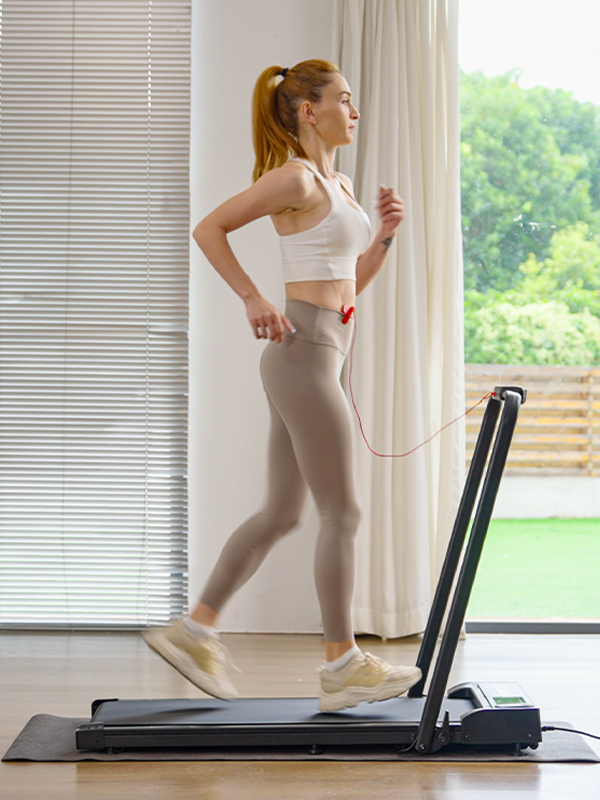






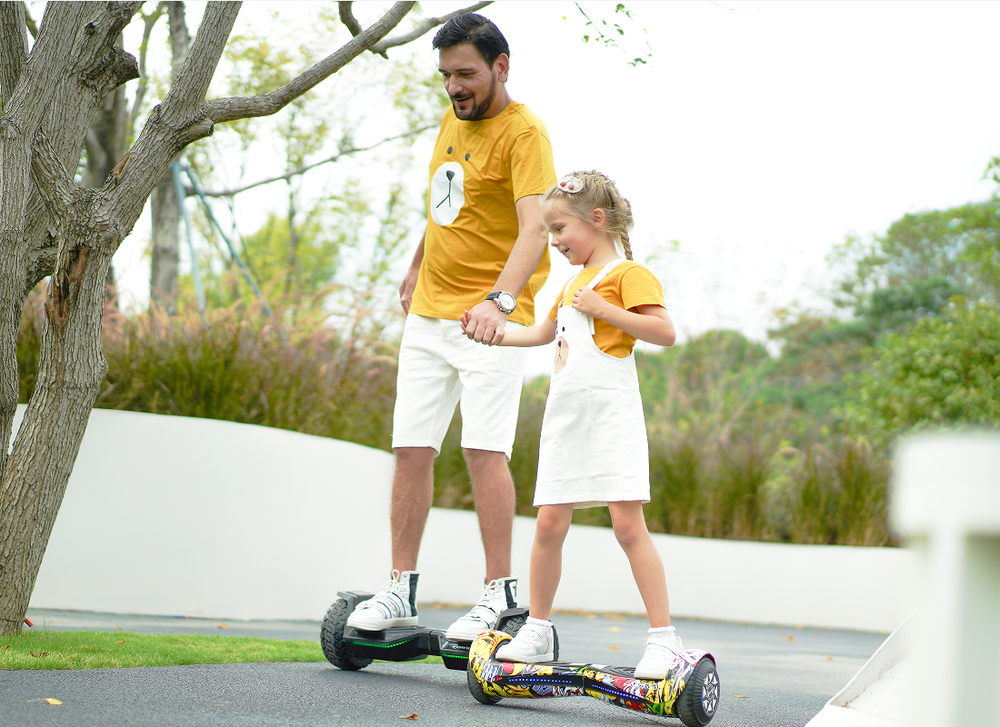
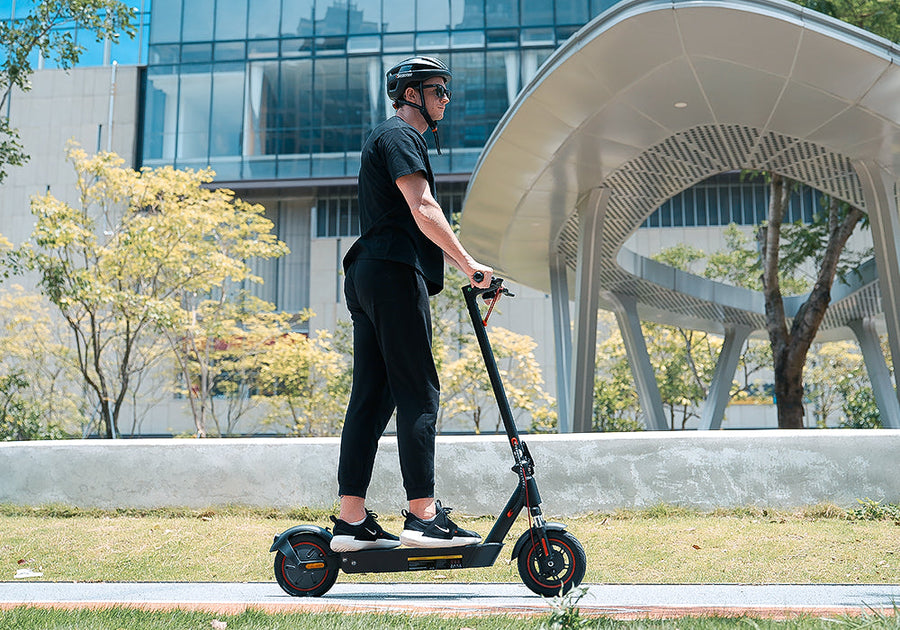

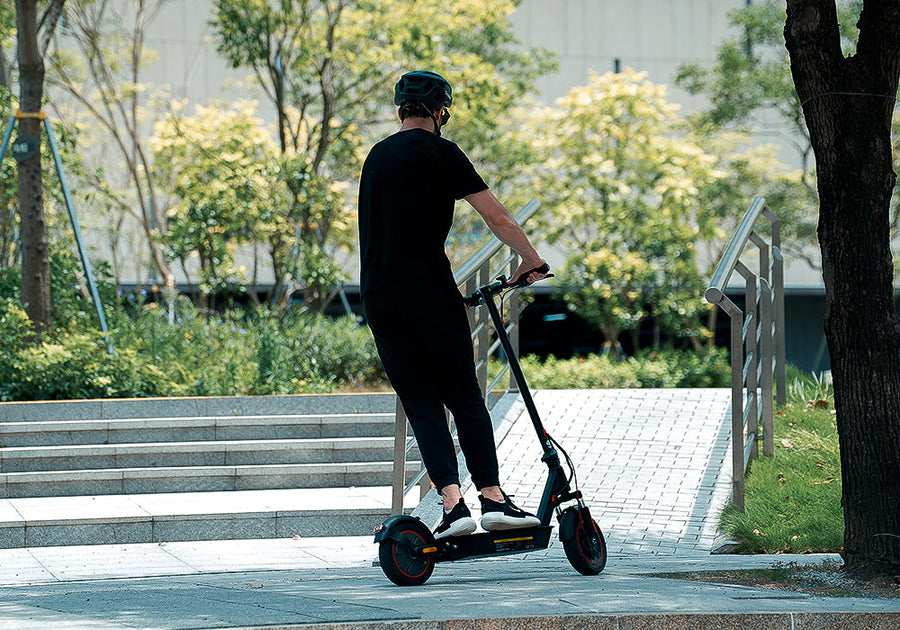


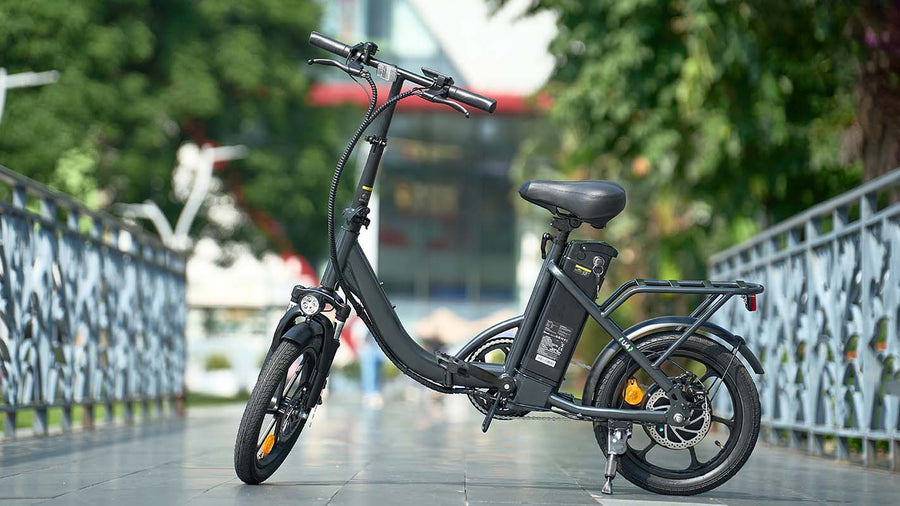




Still, need help? Contact Us: support@ihoverboard.com
What's the option? Check out the option now!
Leave us a message